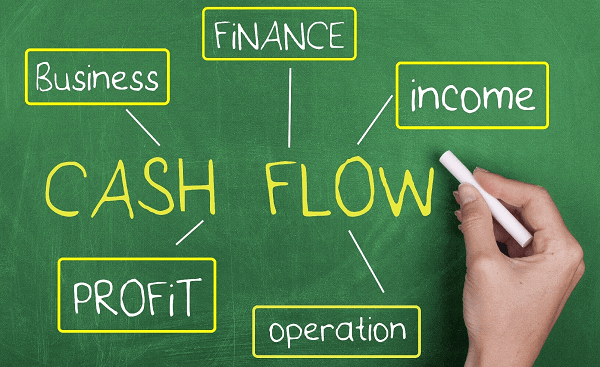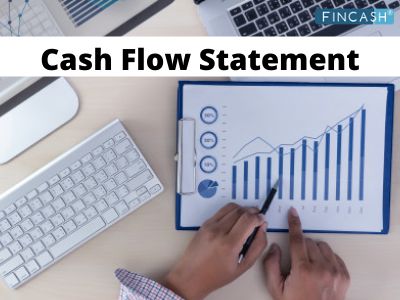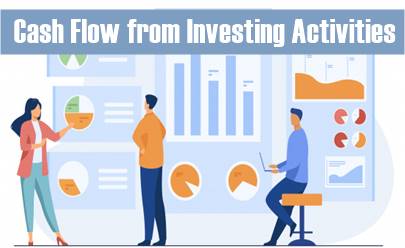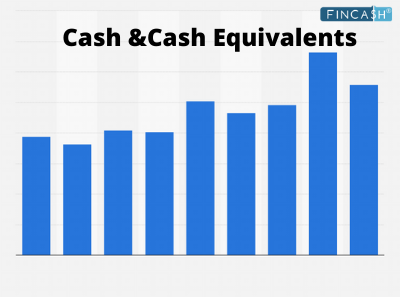
Table of Contents
Cash Flow
What is Cash Flow
Cash flow is the net amount of cash and cash-equivalents being transferred into and out of a business. At the most fundamental level, a company’s ability to create value for shareholders is determined by its ability to generate positive cash flows, or more specifically, maximize long-term free cash flow.
Cash Flow Details
Assessing the amounts, timing and uncertainty of cash flows is one of the most basic objectives of financial reporting. Understanding the cash flow statement – which reports operating cash flow, Investing cash flow and financing cash flow — is essential for assessing a company’s liquidity, flexibility and overall Financial Performance.

Positive cash flow indicates that a company's liquid assets are increasing, enabling it to settle debts, reinvest in its business, return money to shareholders, pay expenses and provide a buffer against future financial challenges. Companies with strong financial flexibility can take advantage of profitable investments. They also fare better in downturns, by avoiding the costs of Financial Distress.
Even profitable companies can Fail if operating activities do not generate enough cash to stay liquid. This can happen if profits are tied up in accounts receivable and inventory, or if a company spends too much on Capital expenditure. Investors and creditors, therefore, want to know if the company has enough cash and cash-equivalents to settle short-term liabilities. To see if a company can meet its Current Liabilities with the cash it generates from operations, analysts look at debt service coverage ratios.
But liquidity only tells us so much. A company might have lots of cash because it is mortgaging its future growth potential by selling off its long-term assets or taking on unsustainable levels of debt.
Free Cash Flow
To understand the true profitability of the business, analysts look at free cash flow (FCF). It is a really useful measure of financial performance – that tells a better story than net Income — because it shows what money the company has left over to expand the business or return to shareholders, after paying dividends, buying back stock or paying off debt.
Free cash flow = operating cash flow - Capital Expenditures - dividends (though some companies don’t because dividends are viewed as discretionary).
For a measure of the gross free cash flow generated by a firm, use unlevered free cash flow. This is a company's cash flow before taking interest payments into account and shows how much cash is available to the firm before taking financial obligations into account. The difference between levered and unlevered free cash flow shows if the business is overextended or operating with a healthy amount of debt.
All efforts have been made to ensure the information provided here is accurate. However, no guarantees are made regarding correctness of data. Please verify with scheme information document before making any investment.











